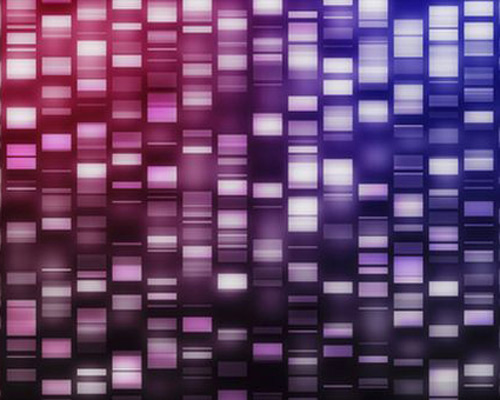Predicting that the “demand for factory-scale sequencing of the human genome is about to explode,” Illumina CEO Jay Flatley backed up his contention with the announcement at the J.P. Morgan Healthcare Conference of the arrival of the long-awaited $1,000 human genome. It comes in the form of the company’s HiSeq X10 system. The instrument is sold in a set of 10 for $10 million. Each is capable of generating up to 1.8 terabytes of sequencing data in less than three days, Flatley told the elbow room-only conference room. He added that each can provide the throughput to sequence tens of thousands of genomes each year.
Calling the HiSeq X10 “the first system that has the potential to unlock the secrets of the human genome,” Christian Henry, Illumina’s senior vp and chief commercial officer, elaborated on his company’s announcement. GEN had caught up with him on a day that turned out to be an extremely busy one for Illumina officials at the conference.
“Think about it. One lab with ten X10s can sequence 18,000 genomes a year,” he said.
According to Henry, delving deeply into human genetics is all about the scale of the samples you need to work with. “Tens of thousands of samples are required if not hundreds of thousands of samples. You are trying to find needles in haystacks, and you have to look at lots and lots of needles to fundamentally understand the genetic basis of human disease,” continued Henry. “We now have the capability to do this.”
He also discussed the benefits of the NextSeq 500 system, which was introduced during Illumina’s Conference presentation. “We have completely reimagined what a desktop sequencer is,” he noted. The 500 can sequence a human genome in less than 30 hours, he added. “And we’ve designed it with a level of integration so that you can set up an experiment on your iPad and it will show up on the 500. The system will allow us to place it in laboratories where we never could have gone before.”
Henry also pointed out that the trend toward clinical genomics is real and already taking place.
“Scientists are clearly finding clinical utility in the genome,” he explained. “They are discovering structural variations, genetic rearrangements, and mutations that correlate with disease. This is information that they can use and take action with.”
New instruments such as the X10 and NextSeq 500 enable massive incremental amounts of sequencing to be done, which enables more discovery, pointed out Henry. “This creates a feedback loop where more discovery uncovers more clinical utility in the genome, which leads to an increasing number of clinical researchers adopting these technologies.”







